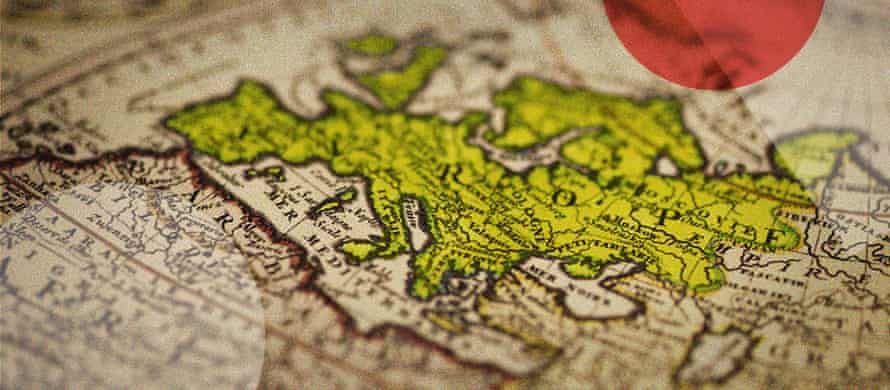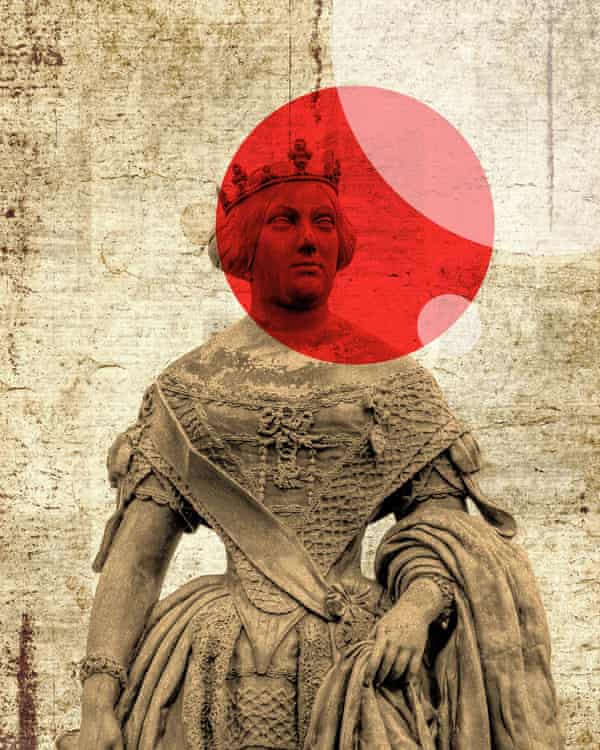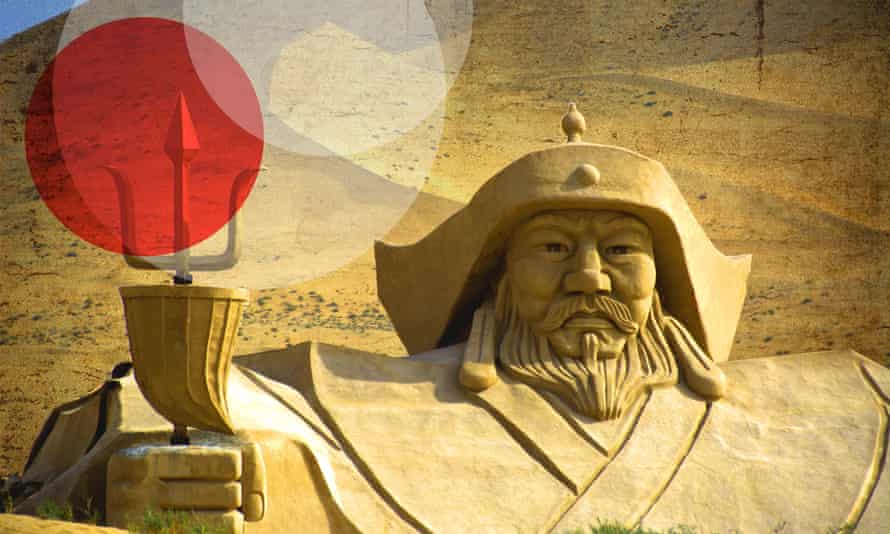White Family Name Related to Royal Blood Lines
What are the odds that you lot take royal blood? Information technology's a question more and more than of united states of america are asking these days. Every bit genetic testing gets faster, cheaper and more than authentic, the historic period-one-time fantasy of suddenly learning y'all're descended from a male monarch or a queen – the premise of countless movies, books and daydreams – is inching closer to reality.
Simply we're not there merely still. While a genetic exam tin can tell united states a lot – 23andme can even pinpoint how much Neanderthal we take in us – there's still no unmarried test for majestic blood.
"Dna testing only reveals a general indigenous breakdown that changes over fourth dimension, as the science becomes farther refined," says Joshua Taylor, president of the New York Genealogical & Biographical Order. It "might identify that two individuals share a common ancestor within a sure number of generations, merely research is still needed to place who that common antecedent might exist."
And bequeathed math is messy. The number of ancestors we have increases exponentially, non linearly — more similar a meshed web than a branched family unit tree, says the geneticist Adam Rutherford. If we went back a yard years, each of us would take over a trillion direct ancestors, which is more than all the humans who have ever lived. This paradox exists because, equally Rutherford writes: "Pedigrees begin to fold in on themselves a few generations back." Significant "you tin can be, and in fact are, descended from the same private many times over".
Throw in other factors that overstate and complicate lineage – invasions and migrations, wars and revolutions – and you can see that humanity is indeed a spider web of overlapping and enmeshed networks of descent.
Genealogists say that the work of identifying purple lineage – whether to institute "directly descent" (a fundamental to inheritance and social status) or but to satisfy curiosity – is helped and hindered by a number of factors. If yous're thinking of climbing your family tree in search of royal fruit, here are a few things to consider.
1. If you're European – or fifty-fifty descended from Europeans – you're probably related to royalty

-
Credit: The Guardian Labs
In 1999, the Yale statistician Joseph Chang showed that if you lot become back far enough – say, 32 generations, or 900 years – you'd find that everyone alive today shares a common antecedent. In Europe, where lineages accept been closely studied, that antecedent was someone who lived just 600 years ago.
A 2013 study from Peter Ralph and Graham Coop built on Chang'due south research, proving that all Europeans come from the same people. More recently, Rutherford has demonstrated that virtually everyone in Europe is indeed descended from royalty – specifically from Charlemagne, who ruled western Europe from 768 to 814.
A 2002 article offers more clarifying examples: "Almost everyone in the New World [aka the Americas, including Bermuda and the Caribbean] must be descended from English royalty – even people of predominantly African or Native American ancestry, because of the long history of intermarriage in the Americas. Similarly, everyone of European beginnings must descend from Muhammad." Meanwhile, "Confucius, Nefertiti, and just most whatsoever other ancient historical figure who was even moderately prolific must today be counted among everyone's ancestors".
In other words, mathematically speaking, we're all related to royalty.
2. Majestic + commoner + intermarriage = higher odds of regal descent
Equally Chang acknowledged in his study, near mating isn't random – it's assortative. That means that people tend to mate with those who are most like themselves in terms of geography, language and socioeconomic status. A wealthy Scandinavian man is far more likely to ally a well-to-practise adult female from Sweden or Norway than a poor one from Saskatchewan.
"In near cases," says Taylor, "purple families work to marry within the same social circle." Gregory Clark, an economics professor at UC Davis who studies the genealogy of social mobility, says that means "the likelihood that yous are related to royalty, if you went back as far equally 1300 or 1066, depends on how airtight a course nobles were".
In some countries, that grade door is firmly shut. But in England, says Clark, the "noble classes take ever been fairly open to incorporating wealthy commoners … And so a large share of the modern English language will be related to someone in the past who was office of the dignity."
Translation: if your ancestors hailed from a land or region where royals and commoners intermarried, you accept a better run a risk of beingness descended from royalty.
3. Y'all don't need to be fully – or even legitimately – royal to have majestic blood

Here'due south another way to look at it: if you're descended from royalty, it might be via a prince, a princess – or a pauper. In recent years morganatic marriages – aka when a royal marries someone of lesser status, à la Prince William and Kate Middleton – have go more and more common around the world, increasing the number of people with a royal claim.
Kirill Chashchin, a Russian genealogical researcher, says that "most royals" – illegitimate children and those (like Princess Diana) who evidence some royal connections but not a articulate lineage – accept muddied the waters. Dale Myers, founder of the Colorado Genealogical Enquiry Visitor, agrees. "Kings tended to take a wife and many consorts or mistresses," he says. "Every bit a result, Male monarch Richard I … may not [accept been] related to King Edward later on all."
Plus, royalty isn't necessarily static. "In the US," Taylor says, "millions tin can trace their ancestry back to European royalty through 'gateway ancestors' — early on colonial Americans with documented lineage to imperial lines." Today, "these ancestors often take millions of living descendants who can claim regal descent. The odds are increased the longer a family has been in a country or region."
The bottom line: if someone in your family mated with a majestic, or was born to one, it may be enough to link you to a throne.
4. Can yous discover your family'south proper noun in a historical record? Information technology could be the link to a royal ancestry
In many places a famine of historical records makes information technology tricky to runway royal lines. "If you consider that those of noble nativity or wealth were often the only individuals that had written records that were created (and have survived)," says Taylor, "it makes a lot of sense as to why those royal lines are some of the earliest lineages an individual can connect to. While church records might take a family back to the 1600s, landownership and other materials can trace a family unit back centuries before that appointment."
In non-European cultures, he says, "attainable records to connect living individuals to those lines differ … Some areas of the world where oral histories and traditions are prevalent make it even more difficult, as the lineage itself might only exist in the memories of elders."
Nydia Hanna, who runs the genealogical inquiry house Doors to the Past, says: "Connecting genealogies in the New World to the Old World may be hard for several reasons." Central America and the Caribbean area, for instance, take been afflicted by "many wars and changeovers as far equally governing bodies. Although documents and vital records were kept in the Old World, some of those documents were not kept in the New World unless for tax purposes. This meant that only the upper class take records, in near cases."
Think of it this way: if you're able to find a newspaper trail, yous might want to encounter where it leads.
5. Europe doesn't have a monopoly on royalty

-
Credit: The Guardian Labs
Of grade, not all royal roots reach back to Europe. It may exist where many records have survived, and the subject of much genealogical research. Merely if your family origins tin can exist traced elsewhere, you may still exist in luck – here are a few notable findings.
In 2003, a groundbreaking written report showed that one in every 200 men worldwide (and xvi million in cardinal Asia) are straight-line descendants of the 12th-century Mongolian emperor Genghis Khan. Yet Khan's not the only Asian ruler responsible for millions of Y-chromosome lineages. According to an international report in 2005, ten other men living in Asia and the Centre Eastward between 2100 BC and 700 Advertizing left behind prolific imperial lines. I of them was a 16th-century Qing dynasty ruler named Giocangga, whose descendants include 1.5 million men in modernistic northern China.
Over in South America, genetic and historical research has found noble bloodlines directly connecting Atahualpa, the last Incan emperor (who died 1533), to some of modernistic Peru's humblest families.
And don't forget about the Egyptian pharaoh Tutankhamun, aka King Tut. One-half of all men living in western Europe are related to him, geneticists in Switzerland say, including upward to seventy% of men in Great Britain.
6. A imperial lineage may exist the culprit for spreading certain undesirable traits
King Tut left something else behind as well: a legacy of inbreeding, genetic deformities and recessive ailments.
In regal families in ancient Egypt – and in many dynasties around the world, for much of human history – brothers and sisters were expected to ally, to proceed the bloodline pure. This led to homozygosity — two identical forms of a gene, one inherited from each parent — which tin crusade a host of genetic woes: hemophilia, cystic fibrosis, Habsburg jaw, facial disproportion, suppressed allowed systems and sure kinds of cancer.
King Tut himself is an example. Born to parents who were brother and sis, he had a club foot, a crevice palate, scoliosis and missing basic in his feet. Geneticists call back that when he died, around 1324 BC, sickle-cell disease – an inherited blood disorder – was the culprit. (Cleopatra, the last pharaoh, was married to her own brother, too.)
The jutting Habsburg jaw is some other well-known woe. The first royal to accept one was the Roman Emperor Maximilian I, who ruled from 1486 to 1519. Merely soon it turned up all over medieval Europe. Switzerland'southward House of Habsburg got stuck with the name because then many of its members had the condition. (Espana's current ruler, Rex Juan Carlos I, a distant descendant of the House of Hapsburg, has a correspondingly mild case of Habsburg Jaw.)
So at that place's hemophilia. While it's not necessarily the direct product of inbreeding, it does stem from a gene carried by the incestuous monarchies of Europe, who spread the disease far and wide. Queen Victoria, "the grandmother of modern Europe" who ruled England from 1837 to 1901, is said to have inherited the gene from her begetter, Prince Edward. She in turn passed it forth to her son, Leopold, and to some of her daughters, who so passed it on as well — sometimes beyond continental Europe. Tsarevich Alexei Nikolaevich, the heir apparent to the Russian Empire, inherited hemophilia from his mother, the Empress Alexandra Feodorovna (a granddaughter of Queen Victoria).
And then what does all this hateful for today'southward royal descendants? "Traits like the Hapsburg jaw, hemophilia, etc, are certainly seen in individuals today," says Taylor. Just while these ailments have spread, at to the lowest degree in part, via royalty, they're non definite indicators of monarchic ties today.
In other words, when it comes to imperial descent, not every past is prologue.
Source: https://www.theguardian.com/whats-in-your-blood-/2018/oct/11/royal-ancestry-genetics-things-to-consider
0 Response to "White Family Name Related to Royal Blood Lines"
Post a Comment